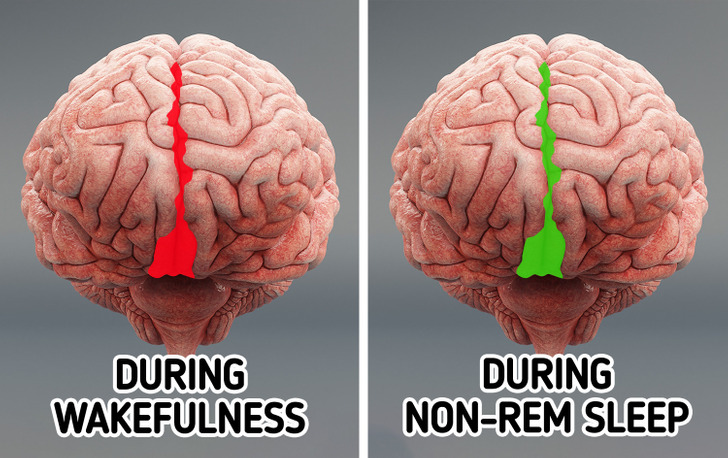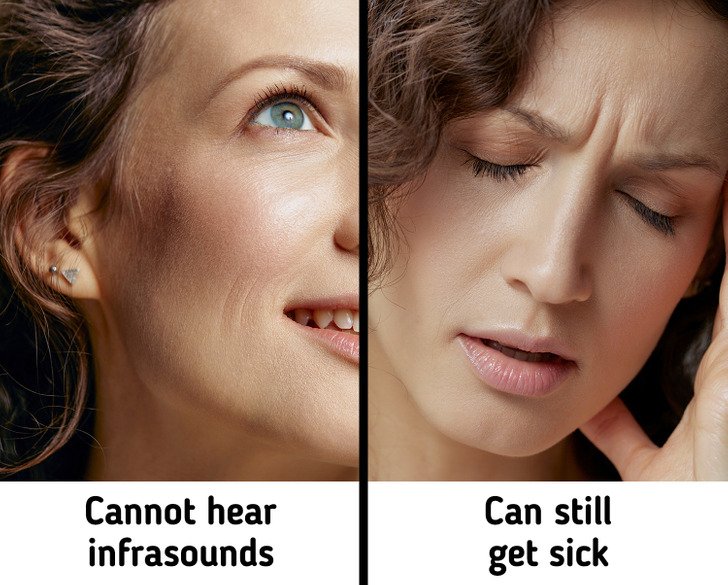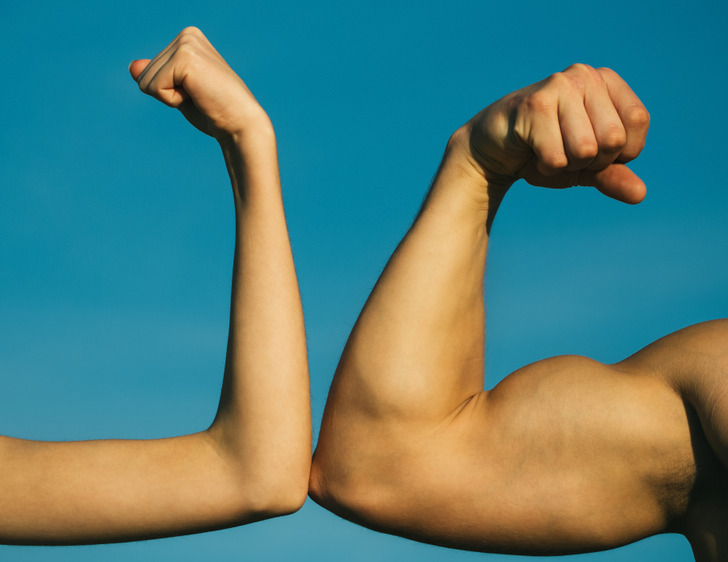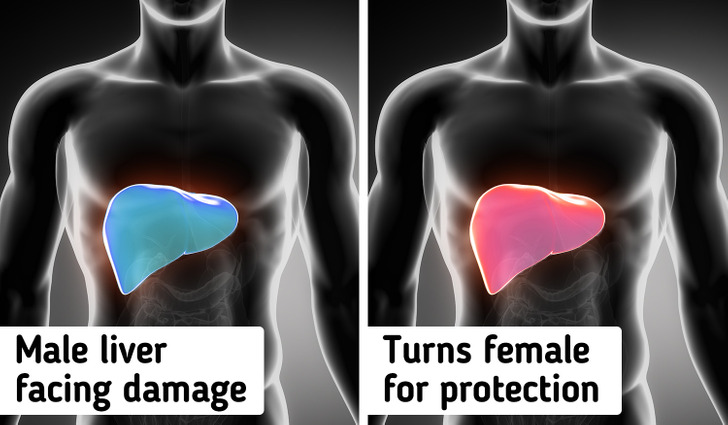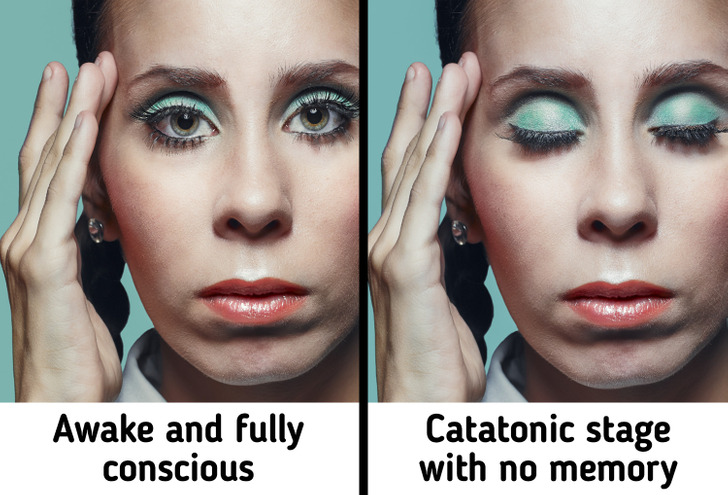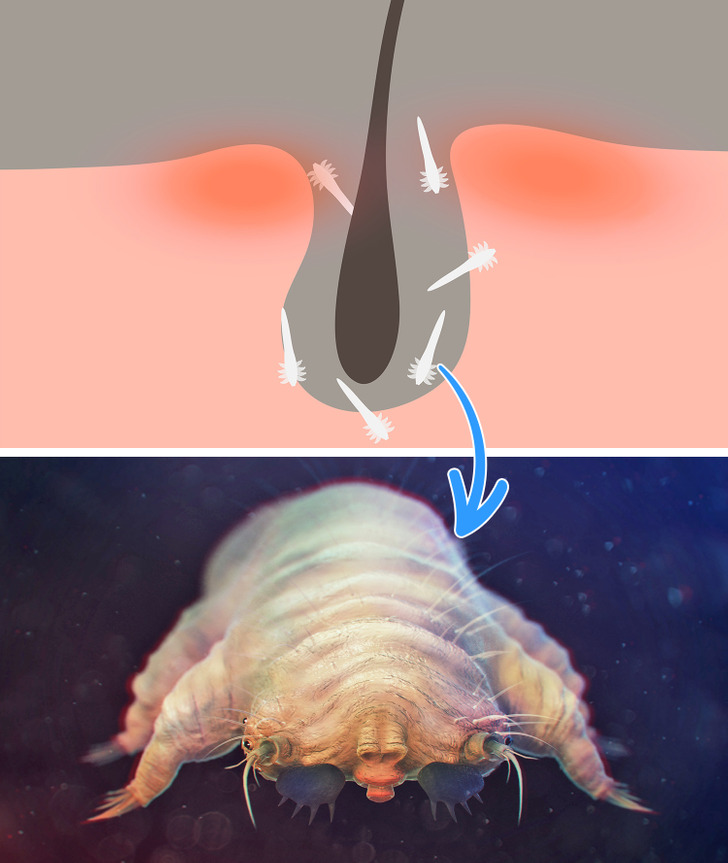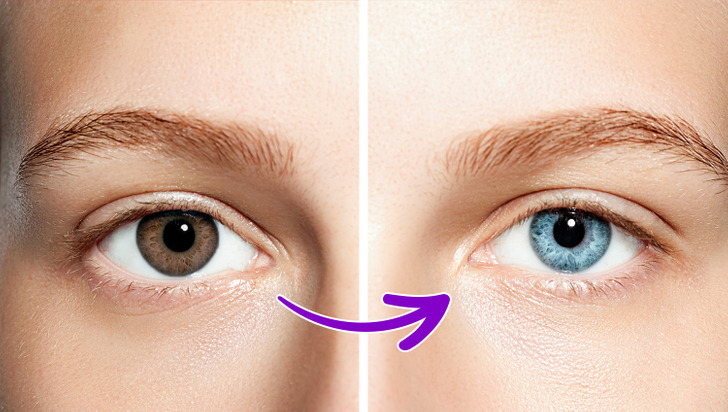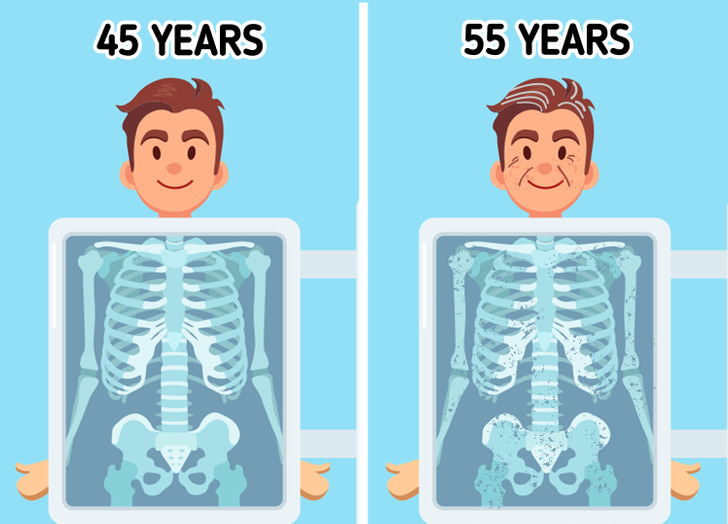ver insightful
10 Facts About the Human Body That’ll Change Your Perception of Yourself
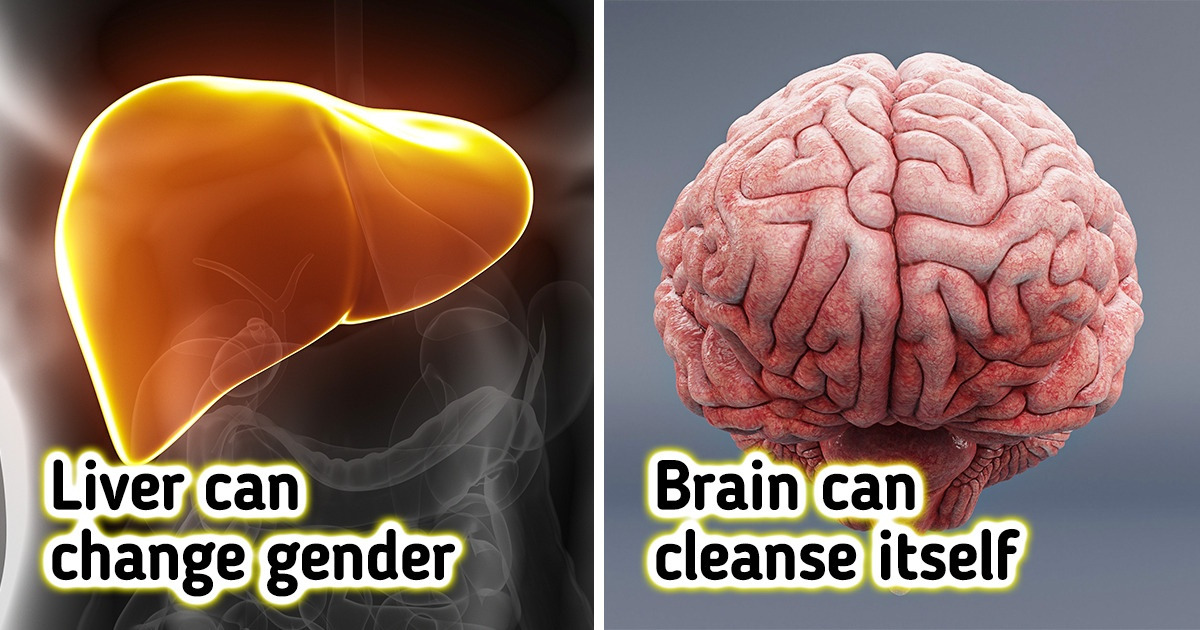
Nature has made our bodies wondrously full of marvels and curiosities that scientists are still researching today. For instance, most of us can hold our breath underwater for 90 seconds, without training, and yet in 2016, Spain’s Aleix Segura Vendrell clocked a time of 24 minutes. While he breathed in pure oxygen before immersion, scientists are still trying to figure out how he was able to do that.
Bright Side brings to you some more amazing facts about our bodies that’ll make you look at yourself with way more respect and love.
1. The human brain has its very own drainage system.
Our bodies have a very efficient waste system, with the blood carrying all that needs to be flushed to the kidneys, intestines, and so on. But what about the brain? Researchers scanned the brains of people under MRIs and saw that during non-REM sleep, the deepest part of the sleep cycle, waves of cerebrospinal fluid wash over the brain and rid it of toxins.
In another experiment, researchers also scanned the brains of 81 epilepsy patients, to show lymphatic structures running through the brain that direct the flow of waste products out of the skull via the lymph nodes in the neck. So the brain has both an auto-clean and a refresh mechanism.
2. Sounds that you cannot hear can make you ill.
Low-frequency sounds are those that we cannot hear (below 20 Hz) but that we can still perceive on some level. Common sources include weather systems, earthquakes, avalanches, and even sounds from various animals. Investigations have revealed that we are exposed to a lot of “infrasound” as it’s called, and long-term exposure can make us ill. Symptoms include fatigue, headaches, vision problems, dizziness, irritability, and attention issues as well.
3. We don’t all have the same number of muscles.
People don’t have the same number of muscles and by that, we don’t mean how buff they are, or aren’t. Many people have a forearm muscle called the palmaris longus, while many don’t. 13% are missing an abdominal muscle called the pyramidalis. Only 8% have an extra chest muscle called the sternalis muscle.
4. The male liver can become “feminized” when damaged.
According to surprising new research, the liver in many males (humans and mice) can change gender when faced with damage. While that sounds a bit weird, basically, the liver can alter the circadian clock and change a few hormones to better protect itself when facing a diet high in fats. The protective nature of the female hormone estrogen is thought to be a key factor in this process.
5. We carry about 200 grams of bacteria on us.
According to research, taking a “70 kg reference man” (154.32 pounds) the number of bacteria on, and in the body is thought to be the same as the number of human cells in us, mathematically calculated as 3.8·1013. And yet, the mass of the bacterial cells is only 0.2 kg or 200 grams (0.44 pounds). To put it into perspective, that’s the same as about 4 Snickers bars.
6. What we eat can alter our genes.
Our grandmother’s homilies about being what you eat are truer than we thought. New research into the science of food, known as nutrigenomics, is looking into how food affects us on a deeper, genetic level. The macronutrients in food, like carbohydrates, proteins, fats, vitamins, and minerals, break down within the body to provide us with energy.
These broken-down products further trigger genetic switches in the genome, thus altering DNA not only for us but also for the coming generations.
7. The brain has an on-off switch.
There is an area of the brain known as the “claustrum” that holds an on-off switch, the key to human consciousness. Researchers experimented on a woman with epilepsy, where they stimulated this area. She slipped into a catatonic state and when the area was stimulated again, she woke up, with a lapse in her memory from that time. Researchers are looking further into this.
8. Sebum-eating spiders live on our faces.
It may sound and look creepy, but all of us have lots of tiny mites living in the pores of our facial skin, at any given time. They are too small to see with the naked eye and are called Demodex, or eyelash mites. Mostly transparent, these mites eat sebum but cannot excrete. They explode at the end of their life cycle, and the feces are thought to cause an immune reaction and rosacea.
9. Blue eyes are rarer now but a laser can change eye color.
The genes that decide eye color prefer any other color over blue, so blue eyes are becoming rarer by the day. But if you want the baby blues and cannot wear contacts, there’s now a 20-second laser process that will turn brown eyes blue. For now, it comes with risks and is unapproved, medically, in most countries.
10. There’s a 1-2% bone loss in the elderly every year.
Do you know of any radical facts about the human body? What do you find the most interesting about yourself?
Comments
Related Reads
19 Stories About Exes That Made Us Raise Our Eyebrows More Than Once

17 People That Can’t Even Boil Eggs Without Ruining Them

21 Unusual Objects We Didn’t Know We Wanted Until We Saw Them

15+ People That Know Exactly How to Make Employees’ Days Fun

An Illustrator From Ghana Creates Pictures That Anyone in a Relationship Will Understand

15 People Who Proved That Deception Is Waiting for Us Around Every Corner

14 Unresolved Nanny Stories That Keep Us Guessing

12 Stories So Wild They Might Break the Internet

10 Real Life Stories Where Quiet Kindness Spoke the Loudest

I Found Out My Husband Transferred Our Marital Property to His Mother’s Name—So I Made My Own Move

14 People Who Walked Straight Into Awkward Moments

20+ Moments That Remind Us That Kindness Costs Nothing but Means Everything

